‘Forever shut out’: Australia’s housing crisis reveals depressing truth
Millions of Australians are well and truly struggling – and it turns out some of our leaders are happy to let us suffer even more.
When it comes to the attitudes of Australian politicians toward housing since World War 2, it’s been quite the rollercoaster ride of different approaches.
Immediately post-war, Labor Prime Minister Ben Chifley pursued a strategy of mass public housing construction and heavily encouraged the building of new homes more broadly amid a housing shortage.
By 1949, the number of dwelling commencements had risen by around 120 per cent compared with levels prior to WW11.
In a speech as part of his 1955 re-election campaign, Liberal Prime Minister Robert Menzies espoused the success of his government in building new homes, including publicly-built housing.
“In their five post-war years, the then Labor Government saw 202,000 houses and flats completed in Australia. This was good. In our five completed financial years, 388,000 houses and flats have been completed; a record unsurpassed anywhere,” he said,
On an average annual basis, the Menzies government saw more homes built per capita than the Albanese government has seen under its leadership over the last 12 months.
In time, the attitude toward housing policy shifted, from one in which home ownership was considered by the leadership of the Liberal Party to be the foundation of a “stable society”, to one in which housing prices rising far faster than incomes has become the norm.
Federal Housing Minister Clare O’Neil recently made headlines after she made it clear in an interview with ABC’s Triple J that the Albanese government doesn’t desire a fall in housing prices at all – and that the government in fact wants “sustainable price growth”.
“We’re not trying to bring down house prices,” Ms O’Neil said.
“That may be the view of young people, [but] it’s not the view of our government.”
It raises some interesting questions – under which Prime Minister have housing prices risen the most, and what exactly does “sustainable” housing price growth look like in the eyes of Labor, the Liberals, the Greens and One Nation?
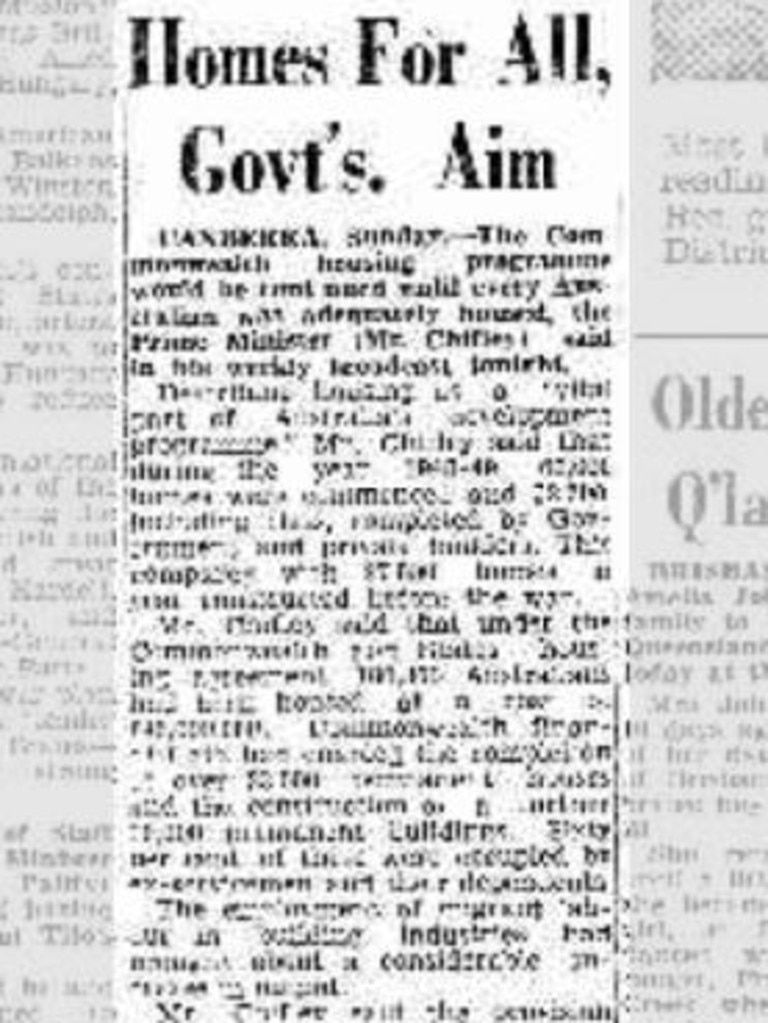
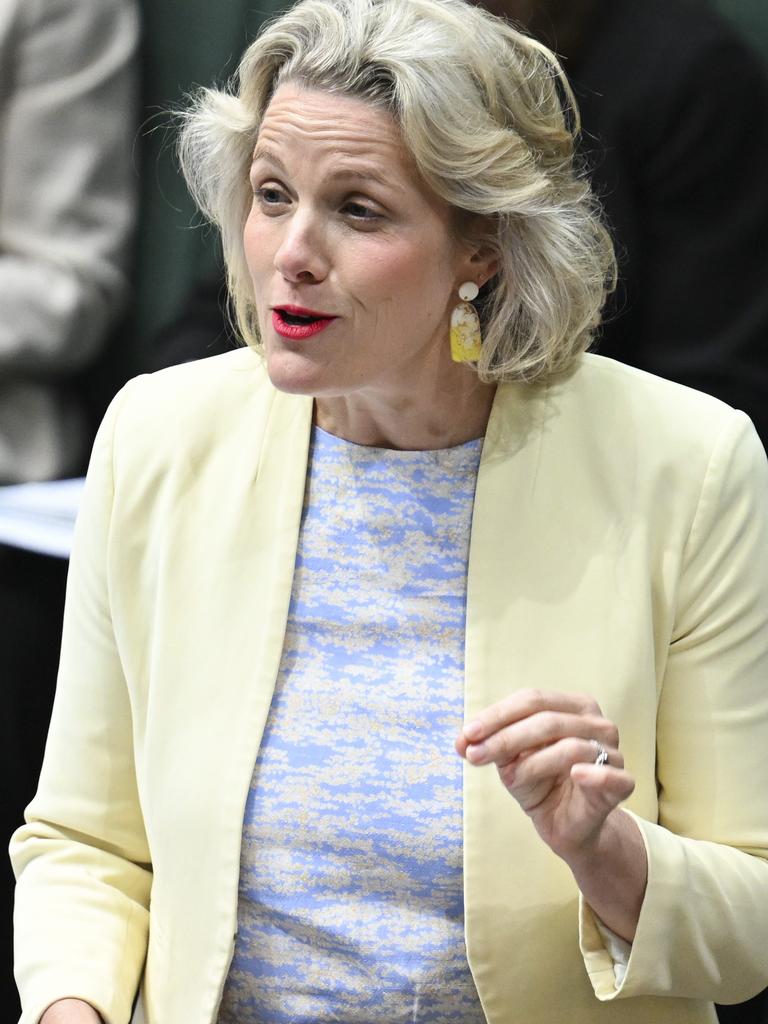
Housing price growth
In order to get a possible handle on the relative performance of housing prices under the leaderships of various federal governments over the years, we will be looking at them in the context of how they performed relative to wages/earnings.
Given that the current Australian Bureau of Statistics Wage Price Index began in the September quarter of 1997, that seems as good a place as any to begin.
Over the last 27 years, wages have risen by 127.5 per cent, while housing prices have risen by a total of 483 per cent.
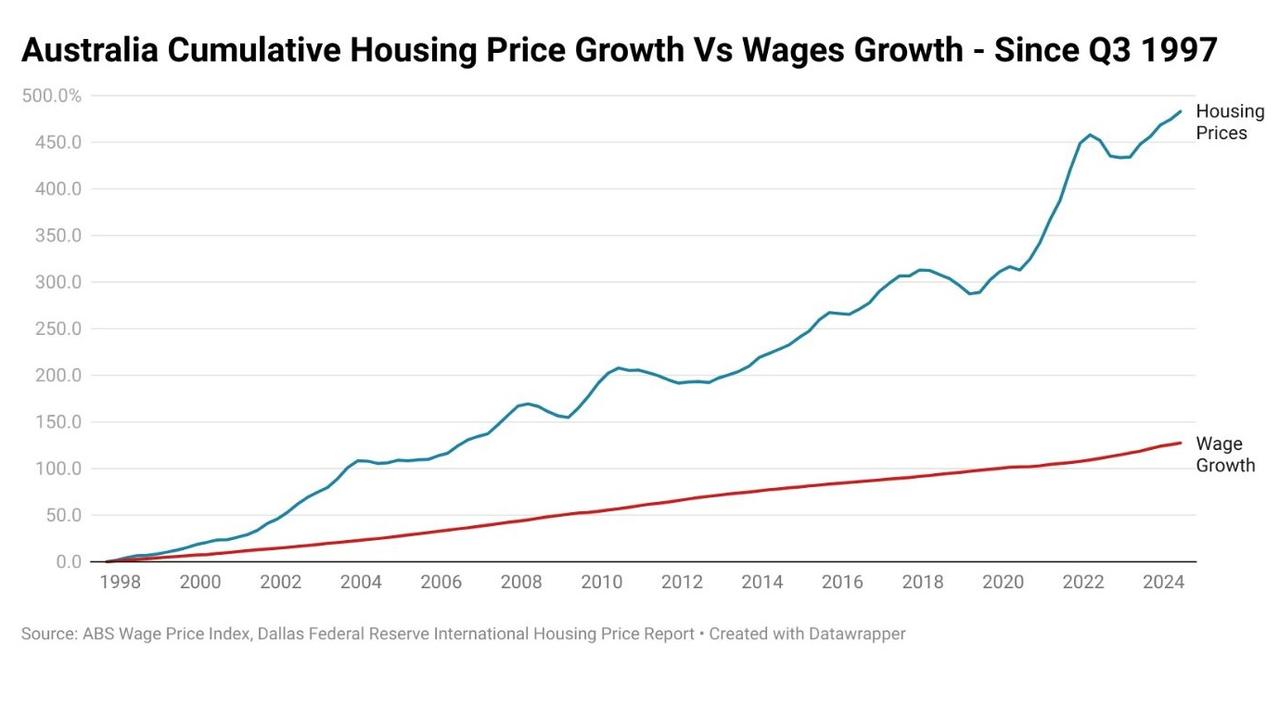
It’s here that the issue of mortgage rates often enters the debate.
However, mortgage rates aren’t really all that much lower today than they were in 1997, when the ABS Wage Price Index began. At that time, the benchmark standard owner occupier variable mortgage rate was 6.74 per cent.
Today, the average payable owner occupier variable mortgage rate is 6.23 per cent, relatively similar to where it was in the past after attempting to account for the differences between an actual payable mortgage rate and historic benchmark rates.
Battle of the majors
Before we get into the comparison of how much housing prices have grown under the various different parties over time, we need a point of clarification. This is based on the relative growth of housing prices from the time that particular government came to power.
For example, housing prices during the Abbott, Turnbull and Morrison era rose by a cumulative 78.1 per cent. This is due to it being measured from the higher base left by the Howard, Rudd and Gillard governments.
If you take a step back and assess the longer-term chart, 50.1 per cent of the entire dollar value rise in housing prices since Q3 1997 occurred under these three Prime Ministers.
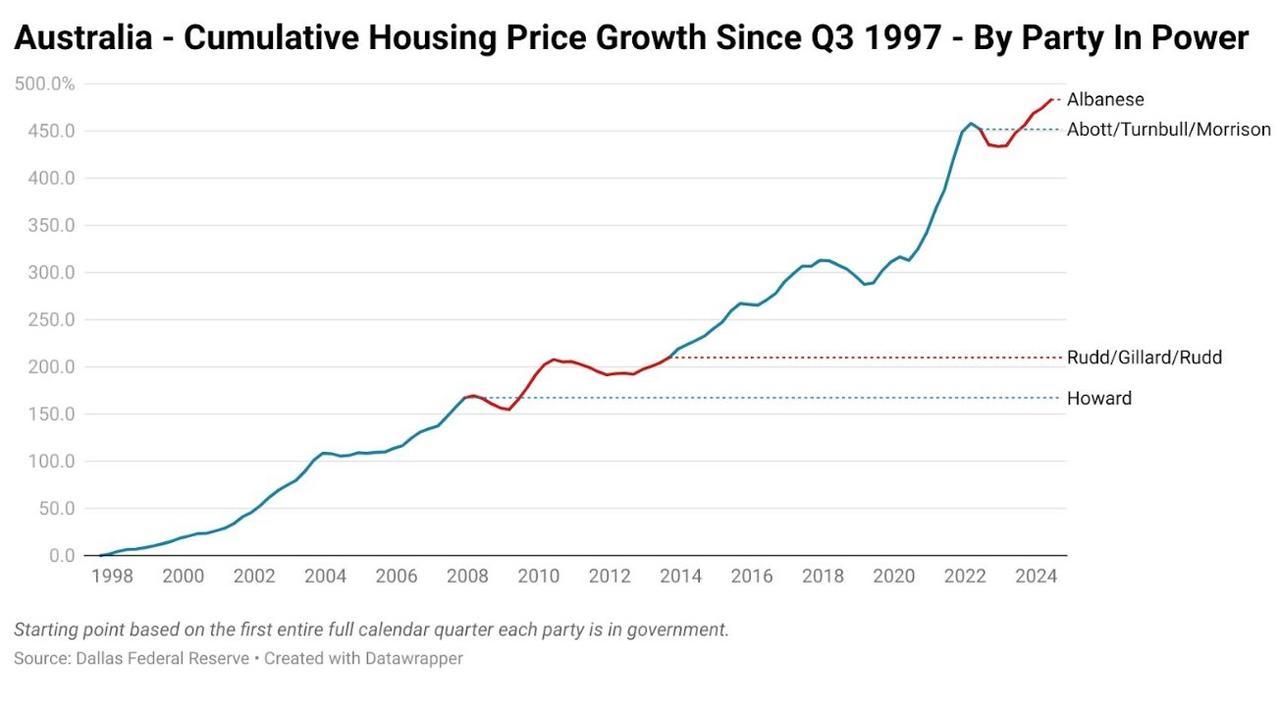
Due to varying lengths of time in government, the most comparable point under which all but the current government can be assessed is at the little under six-year mark.
At this point under the respective governments, housing prices were up 89.0 per cent under John Howard, 15.9 per cent under Kevin Rudd and Julia Gillard, and 25.5 per cent under Tony Abbott, Malcolm Turnbull and Scott Morrison.
When expanding the scope to the entire time each respective party was in power over a continuous stretch, housing prices were up 167.2 per cent under Howard, 15.9 per cent under Rudd and Gillard, and 78.1 per cent Abbott, Turnbull and Morrison.

What is ‘sustainable’ housing price growth?
In order to gain some concrete perspective on what political attitudes towards housing policy is in the present, the offices of Prime Minister Anthony Albanese, Opposition Leader Peter Dutton, Greens leader Adam Bandt and One Nation leader Pauline Hanson were all asked for comment on the issue.
The Coalition responded through the office of Shadow Housing Minister Michael Sukkar, who stated that the Coalition “wants to make it easier for Australians to buy a home”.
The Coalition’s method for achieving that goal is the ability to withdraw superannuation for a home deposit for eligible individuals, and the Coalition’s Housing Infrastructure program.
The office of One Nation leader Senator Pauline Hanson had this to say.
“One Nation most definitely does not share the view Minister O’Neil has articulated. Housing is a market. Senator Hanson considers it should be the market which determines the value of housing, not the government, and if the market determines the value of housing will be lower then so be it.
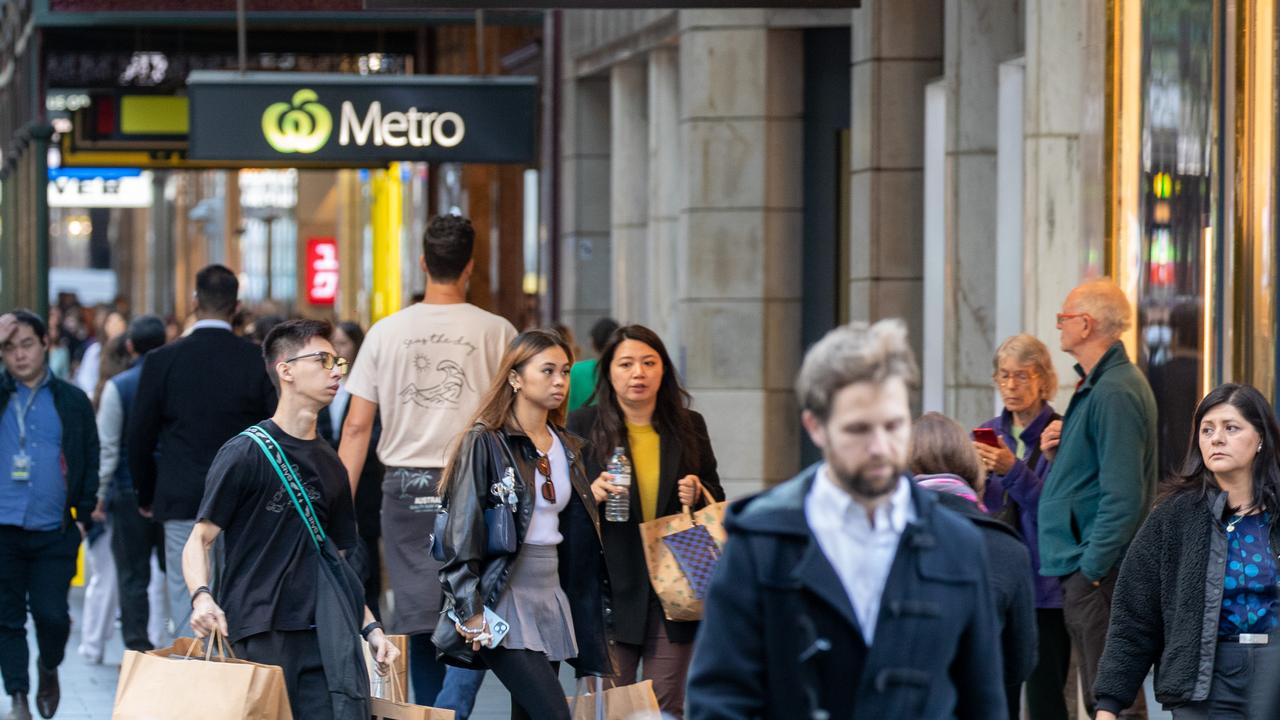
“Senator Hanson further considers that if the price of housing consistently rises as Labor wants it to, then younger Australians and those on lower incomes could easily be forever shut out of the housing market.”
The Greens housing spokesman Max Chandler-Mather provided his party’s response.
“So really, any increase in house prices just puts home ownership further out of reach for millions of Australians,” he said.
“The reality is if we want to solve this housing crisis, then we need to stop house prices increasing to give wages a chance to catch up.”
The Albanese government did not provide a response to requests for comment.
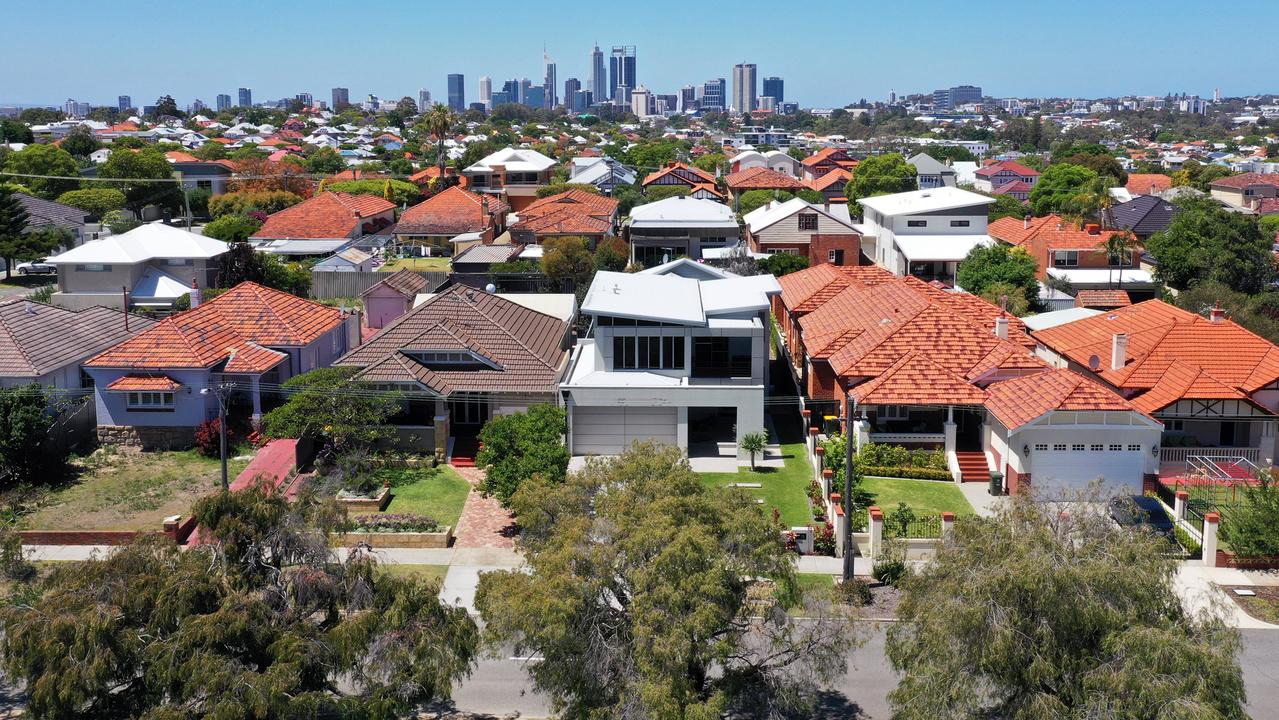
Balancing it out
Overall, housing price growth has been much stronger under the Coalition than it was for Labor over the last 28 years.
But it is worth noting, in instances where Labor was elected, the party inherited either falling housing prices and rising interest rates (Albanese) or a market that would soon begin to drop due to the Global Financial Crisis (Rudd).
Ultimately, the approach of the nation’s leadership on the issue of housing has shifted from the drive to maximise home ownership and the focus on an owned home as a vital tool of social and mental wellbeing, to something where there is a growing emphasis on housing being the largest and most important asset class for households.
Tarric Brooker is a freelance journalist and social commentator | @AvidCommentator






